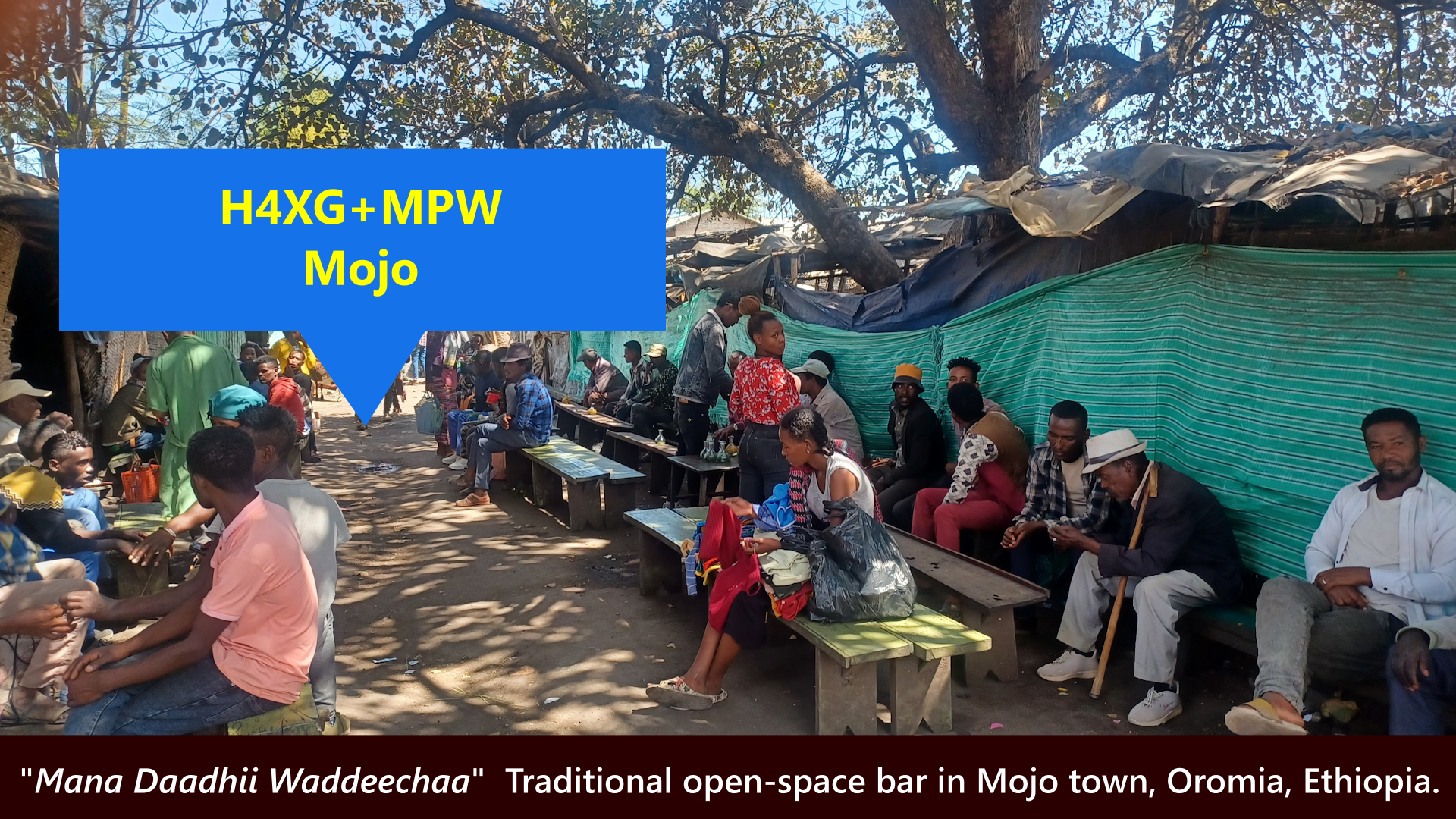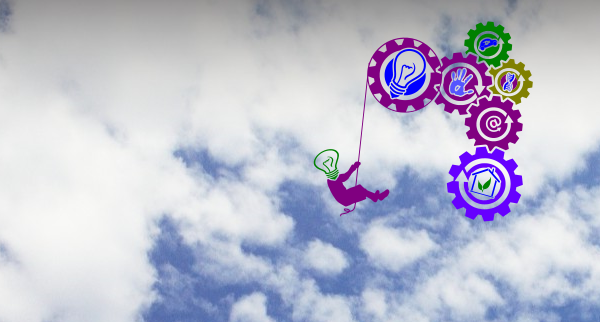Digital Vice: Balancing Instant Gratification and Active Learning

In today’s fast-paced digital age, platforms built around short, humorous video clips—like TikTok—have surged in popularity. While these platforms provide easy entertainment, I believe they can also impede active learning. Many individuals find themselves binge-watching for hours, often at the expense of more meaningful pursuits, such as learning or productivity. This isn’t to say that such platforms are inherently bad; rather, like any vice—whether an overindulgence in entertainment, alcohol, or other addictive habits—they can detract from our goals if left unchecked.
One alarming trend I’ve heard about in Ethiopia is the rise of binge-watching TikTok while chewing chat (aka khat). Imagine that! In some areas, people without a dedicated internet connection now rush to shops not for cigarettes (some good news there!) but for overnight data bundles, all set for a night of endless scrolling. It’s easy to imagine similar trends along the Yemen Peninsula, where khat chewing is even more widespread. Who could have predicted such a combination just a few years ago?
It’s a striking example of how digital and traditional vices can merge, amplifying their effects and leading to further distractions in both personal and professional lives.
Of course, as with most things in life, there are two sides to this argument. When used responsibly—balancing work, learning, and entertainment—platforms like TikTok aren’t inherently detrimental. With intentional, moderate use, they can offer short mental breaks, spark creativity, or even provide useful content like recipes, gardening tips, or do-it-yourself (DIY) ideas in a quick, digestible format.
The key lies in balance. If short-form content becomes a default time-filler, it can certainly stand in the way of more meaningful activities. However, if managed well, it can coexist with an active learning lifestyle. The danger is when these platforms lure us into mindless consumption, particularly affecting the impressionable youth.
The moral of this reflection is that we need to consider those most vulnerable—especially young people—who can easily be drawn into such Digital Vices. Parents, in their eagerness to impress their children with shiny smartphones and tablets, must also take on the responsibility of teaching them the importance of balance. It’s essential to help the next generation understand the difference between the fleeting gratification of digital entertainment and the lasting satisfaction that comes from active learning and real-world accomplishments.
The allure of instant, virtual gratification from platforms like TikTok is undeniable, and now Facebook and YouTube, too, compete by offering short videos. Still, this can’t compare to the lasting, long-term rewards that come from investing time and effort in active learning—an investment that pays dividends far beyond the momentary thrill of the next video.
The moral of the story? Encourage young minds to discover the lasting rewards of engaging with the world around them. Active learning in real-world experiences fosters a deeper, more meaningful sense of accomplishment compared to the fleeting distractions of virtual-world touchscreens.

































